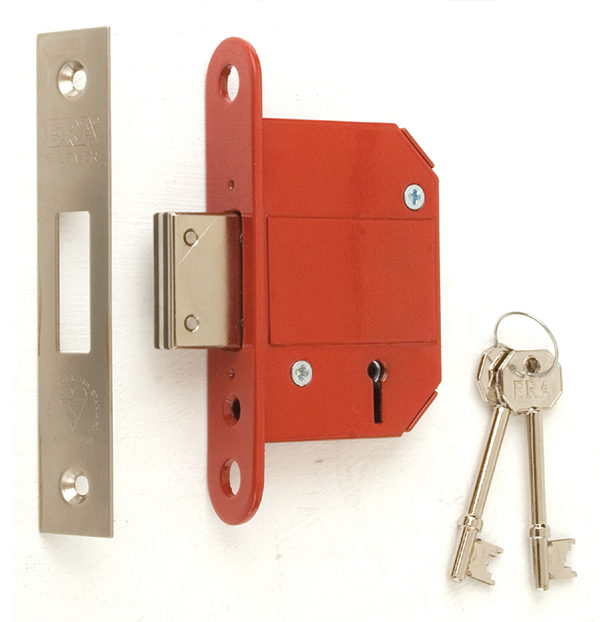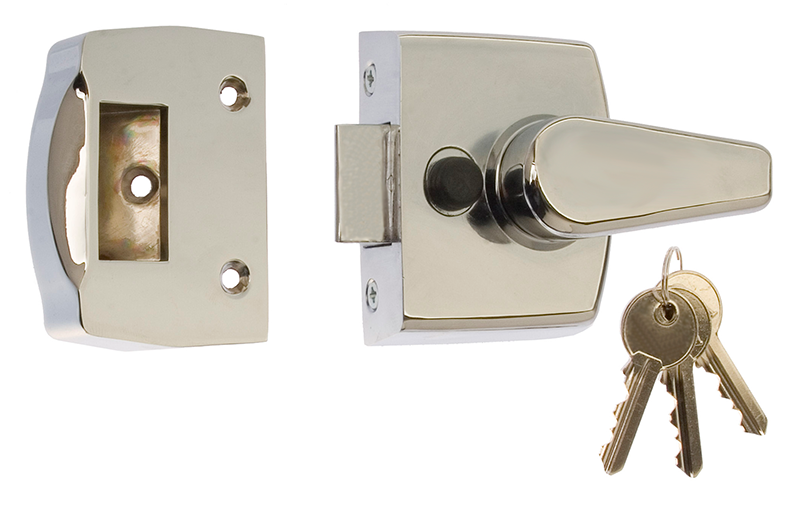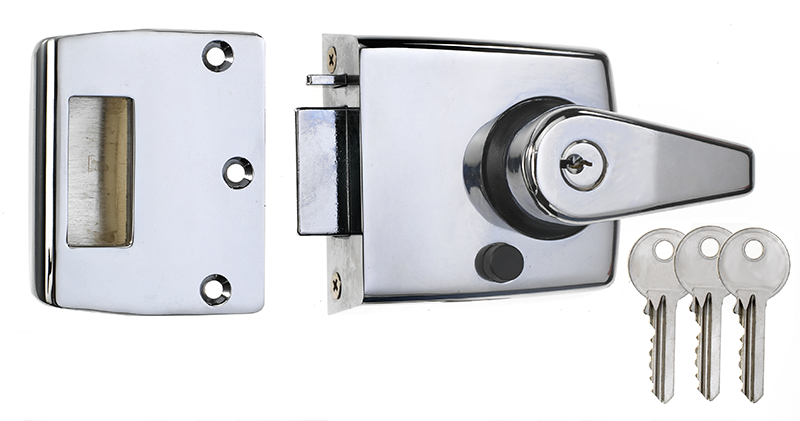Burglars want easy pickings and will avoid effective security. Government statistics have shown that improvements in home security, such as fitting an intruder alarm, have played a significant role in reducing burglaries.
Did You Know:
- The majority of burglaries occur when there is nobody at home; most are not planned but committed by opportunists.
- An alarm can be part-set to cover areas that you are not occupying whilst at home.
- Alarm wiring is already in place in many new houses.
- Wire-free alarms are available if you are worried about wiring in your house.
- Systems can include a ‘Hold Up Alarm’, invaluable if there is an intruder in the house – a typical location for one might be in the bedroom.
If you have decided your property would benefit from an alarm system, it is advisable to use a reputable alarm certificated by a NSI or SSAIB company who install to the current European Standards.
When investing in Security Systems for your home or business it is not advisable to deal with telesales or doorstep callers.
Only speak to installers that offer you a written quotation without obligation. Turn away any company that try and shock you into purchasing with stories of burglaries in your locality. If you feel a particular company has tried ‘hard sell’ tactics, you should consider contacting your local police or Trading Standards Office. Do not enter into long-term monitoring contracts that require payment up front.
Professional installers will:
- Thoroughly survey your home, assessing the risks and designing a system to your specific needs.
- Install reliable up-to-date equipment that meets the relevant European Standards.
- Ensure their engineers are thoroughly trained. Explain to you fully and clearly how the system works. Ensure the alarm continues to work efficiently.
- Ensure that there is no damage or mess to décor and wiring is concealed where possible.
Audible Alarms
These sound a loud siren or bell, scaring the intruder and alerting neighbours and passers-by. This type of alarm does not get an automatic police response. For the police to respond, some additional information from a person at the scene that a criminal offence is in progress would have to be given.
DIY
DIY kits may provide a cheap alternative. However, the National Police Chiefs’ Council (NPCC) does not recommend them for the following reasons:
- The alarm system may not be designed to meet the needs and risks of your property.
- Problems with installation, maintenance and reliability may not become clear until a burglary has occurred.
Remote Signalling Alarms
These alarms send a signal to a commercial “Alarm Receiving Centre” (ARC) who alert a keyholder of your choice and, if required, the police. There is an additional cost for this service and for the police response. The system has to be installed, monitored and maintained in accordance with the UK Police Service’s guidelines for response to Security Systems.
Alarm Terminology
Detection
Movement Detectors
The most common form of movement detector is a passive infra-red, or combined passive infra-red and microwave, also known as dual tecs. These devices are usually mounted in the corner of a room and tuned to detect any movement, including animals, within the room. One detector can offer protection to a large room.
Magnetic Detectors
They activate when the magnetic field between contacts is broken.
Perimeter Devices
These devices can be set whilst people and animals are actually in the protected room or area. There are a number of types of devices (e.g. break glass and vibration detectors, etc) and your alarm installer can give you further advice.
Alarm Sounders
External Sounders and Bell Box
The bell box should provide protection against weather and unauthorised tampering. Either a bell or a siren type sounder should be used.
Your alarm bell box will act as a deterrent to many thieves, therefore it should be sited as high as possible to give maximum visibility and make tampering difficult. Systems installed to European Standards will have their own battery back-up and self-contained bell module and will continue to sound even if the unit is removed from the wall.
Internal Sounders
The internal sounders fitted to most alarm systems will sound when the main system is activated. The level of sound they emit can vary enormously from low level for domestic use, to an ear piercing tone, often used within commercial premises.
Zone
Zones allows for the system to be part set, for example, at night the downstairs zone could be set whilst the rest of the system could be off.
The Control Panel
The control panel works from the mains supply and has an auxiliary battery in case of mains failure. It processes signals from the detectors and operates the sounders. They will normally have a remote keypad or reader and will be set and unset using a fob.
Personal Attack Device
Hold Up Alarm: These are operated by a push button to activate the alarm at any time, even if the intruder alarm is switched off. Attack alarms must only to be used when the occupier is under personal attack and not for any other purpose.
Recognised Companies
The Police accept the installation of remote signalling alarms from alarm companies that are inspected by these independent inspectorate organisations:
NSI – National Security Inspectorate
or
SSAIB – Security Systems & Alarms Inspection Board
Useful Contacts
Alarms Administration at your local Police Headquarters – call 101
Police contact details: www.police.uk
National Security Inspectorate (NSI): www.nsi.org.uk
Security Systems and Alarms Inspection Board (SSAIB): www.ssaib.org
Police Security Systems information and policy documents: Security Systems Policy
Trading Standards: www.nationaltradingstandards.uk


